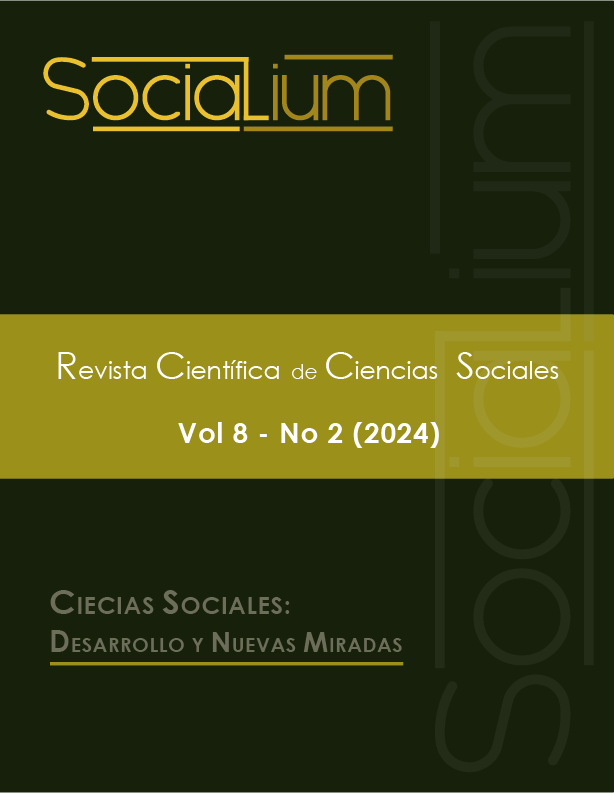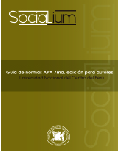Assessment of Shein's responsibility in the labor practices of its suppliers in China during 2020-2022
DOI:
https://doi.org/10.26490/uncp.sl.2024.8.2.2434Keywords:
moda rápida, condiciones laborales, responsabilidad social empresarial, cadena de suministro, auditoríasAbstract
The study analyzes Shein's corporate social responsibility (CSR) in fast fashion and its impact on the working conditions of its suppliers in China between 2020 and 2022. The research aimed to assess the degree of compliance with Shein's "Supplier Code of Conduct" and the effectiveness of its audits in improving these conditions. A mixed-methods approach was adopted, combining qualitative and quantitative analysis. A total of 700 audits from 2021 and 2,812 from 2022 were examined, along with reports from labor rights organizations and academic articles. The results showed that despite audits and corrective action plans, excessive working hours, low wages, and the absence of formal contracts persist. From the perspective of Freeman's Stakeholder Theory and Friedman's Shareholder Supremacy, a conflict between corporate ethics and profit maximization is evident. The study concluded that Shein has not implemented effective measures to ensure fair working conditions, posing reputational risks and highlighting the need to strengthen its commitment to corporate social responsibility.
References
Aguado, J. M. (2018). El mensaje es el medio: Las aplicaciones de mensajería como interfaz emergente en el ecosistema móvil. Revista de la Asociación Española de Investigación de la Comunicación, 5(10), 2-9. https://www.revistaeic.eu/index.php/raeic/article/view/175
Aladro, E., Valbuena, F. & Padilla, G. (2012). Redes sociales y jóvenes preuniversitarios españoles: los nuevos ejes de socialización y comunicación. Austral Comunicación, 1(1), 27-40. https://dialnet.unirioja.es/servlet/articulo?codigo=5652792
Álvarez, F. J. (2018). El amor en los tiempos modernos. Repositorio digital de la Universidad Nacional de Educación. http://repositorio.unae.edu.ec/handle/56000/488
Alvídrez, S., & Rojas-Solís, J. (2017). Los amantes en la época del Smartphone: Aspectos comunicativos y psicológicos relativos al inicio y mantenimiento de la relación romántica. Global Media Journal, 14(27), 1-18. https://gmjmexico.uanl.mx/index.php/GMJ_EI/article/view/290
Bianchi, D., Morelli, M., Baiocco, R., Cattelino, E., & Chirumbolo, A. (2021). Patterns of love and sexting in teen dating relationships: The moderating role of conflicts. New Directions for Child and Adolescent Development, (178), 133-155. https://pubmed.ncbi.nlm.nih.gov/34109733/
Castro, Á., & Barrada, J. R. (2020). Dating apps and their sociodemographic and psychosocial correlates: A systematic review. International journal of environmental research and public health, 17(18), 6500. https://pmc.ncbi.nlm.nih.gov/articles/PMC7557852/
Clemente (2020). Número de usuarios de redes sociales en todo el mundo estatista. Statia. https://www.statista.com/statistics/278414/number-of-worldwide-social-network-users/
Hernández, C., Alcoceba, J. A., & Cadilla, M. (2014). La percepción del riesgo en las redes sociales entre la juventud inmigrada en España. Revista de la Asociación Española de Investigación de la Comunicación, 1(1), 1-11. https://doi.org/10.24137/raeic.1.1.2
Illouz, E. (2017). Intimidades congeladas. Las emociones en el capitalismo. Katz
Linne, J. & Fernández, P. (2019). En búsqueda del match perfecto. Perfiles, experiencias y expectativas socioafectivas de jóvenes en torno a Tinder. Última década, 27(51), 96-122. http://dx.doi.org/10.4067/S0718-22362019000100096
Naezer, M., & van Oosterhout, L. (2021). Only sluts love sexting: Youth, sexual norms and non-consensual sharing of digital sexual images. Journal of Gender
Studies 30(1), 79-90. https://doi.org/10.1080/09589236.2020.1799767
Statista (2021). Most popular social networks worldwide as of July 2021, ranked by number of active users (in millions.). Statista. https://www.statista.com/statistics/272014/global-social-networks-ranked-by-number-of-users/
Sternberg. (1986). Triangular theory of love. Psychological Review, 93(2), 119-135. https://doi.org/10.1037/0033-295X.93.2.119
Sumter, S. R., & Vandenbosch, L. (2019). Dating gone mobile: Demographic and personality-based correlates of using smartphone-based dating applications among emerging adults. New media & society, 21(3), 655-673. https://doi.org/10.1177/1461444818804773
Zelizer, V. A. (2009). Intimacy in economic organizations. Research in the Sociology of Work, 18, 23-55. https://doi.org/10.1108/s0277-2833(2009)0000018005
Downloads
Published
Issue
Section
License
Copyright (c) 2024 Alejandra Chancahuaña Vivas

This work is licensed under a Creative Commons Attribution 4.0 International License.








.jpg)















